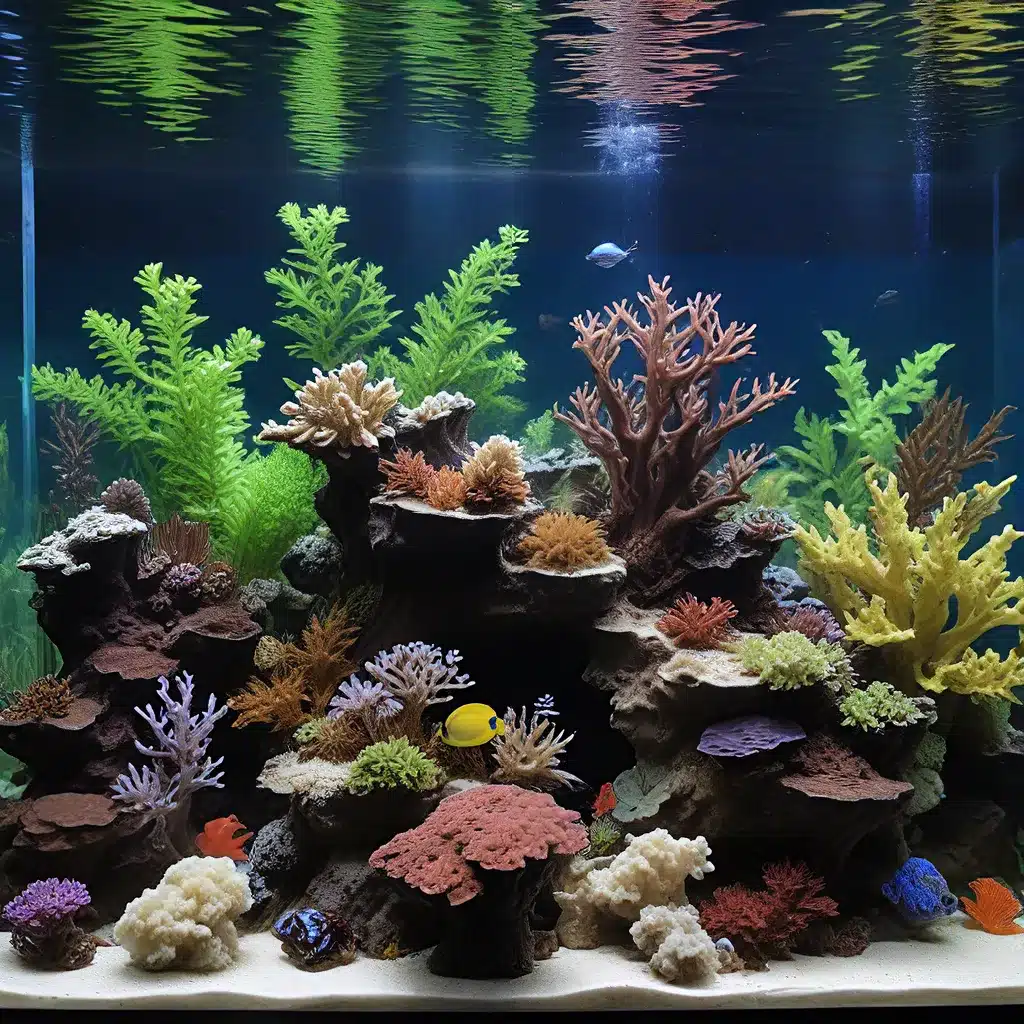
Establishing a Healthy Marine Aquarium Environment
Maintaining a thriving marine aquarium can be a rewarding yet complex endeavor for aquarists of all skill levels. One of the most crucial steps in setting up a successful marine aquarium is the acclimation and transition process, which lays the foundation for a stable and vibrant ecosystem. Proper acclimation techniques are essential to ensure the well-being of delicate marine organisms as they adjust to their new environment.
When introducing new fish, invertebrates, or live rock to a marine aquarium, the acclimation process should be carried out methodically to minimize stress and maximize the chances of long-term survival. This involves carefully monitoring and adjusting factors such as temperature, pH, salinity, and dissolved oxygen levels to match the conditions the inhabitants are accustomed to. Rushing this process or failing to properly acclimate can lead to pH imbalances, temperature shock, and other issues that can prove fatal for sensitive marine life.
Techniques for Successful Acclimation
To ensure a seamless acclimation process, aquarists should follow a series of proven steps. Begin by floating the sealed bag containing the new inhabitants in the aquarium for 15-30 minutes, allowing the water temperature to equalize. Next, slowly add small amounts of the aquarium water to the bag, allowing the organisms to gradually adjust to the new parameters. This step-by-step acclimation can take 30 minutes to an hour, depending on the sensitivity of the species.
Once the inhabitants appear comfortable, carefully net them and transfer them to the aquarium, taking care not to introduce the water from the transport bag, as it may contain ammonia or other waste products. This helps prevent a sudden influx of nutrients that could trigger algal blooms or other imbalances in the established system.
Ongoing Maintenance and Monitoring
Successful acclimation is just the first step in maintaining a thriving marine aquarium. Regularly monitoring water parameters, performing partial water changes, and maintaining proper filtration and water flow are crucial for long-term success. Unexpected fluctuations in water chemistry, temperature, or other environmental factors can quickly stress inhabitants and lead to health issues or even mortality.
By staying vigilant and addressing potential problems proactively, aquarists can create a stable, balanced ecosystem that allows marine life to thrive. Regular testing of water parameters, such as pH, alkalinity, and nitrate levels, can help identify any brewing issues before they become critical. Partial water changes of 10-20% should be performed weekly or biweekly to replenish essential minerals, dilute waste products, and maintain optimal water quality.
Aquascaping and Plant Maintenance
The aquascaping and plant selection in a marine aquarium play a vital role in providing a healthy, naturalistic environment for inhabitants. Carefully choosing hardy, low-maintenance corals, macroalgae, and other live organisms can help establish a balanced ecosystem that supports the diverse needs of fish and invertebrates.
Regular pruning, trimming, and removal of excess growth can prevent overcrowding and ensure that all inhabitants have access to adequate water flow, lighting, and nutrients. Monitoring the health and growth of aquascaped elements, such as live rock and aquarium plants, can help identify any imbalances or potential issues before they escalate.
Investing in Proper Filtration and Water Movement
Effective filtration and water movement are essential for maintaining optimal water quality in a marine aquarium. Mechanical, biological, and chemical filtration systems work together to remove waste, control algae growth, and maintain stable water parameters. Aquarists should invest in high-quality, properly sized filtration equipment to ensure that the system can effectively process the bioload and maintain a healthy environment.
In addition to filtration, proper water circulation is crucial for distributing nutrients, gases, and other essential elements throughout the aquarium. Strategically placed powerheads, wavemakers, and other water movement devices can create the necessary currents and turbulence to mimic natural ocean conditions, supporting the health and well-being of marine inhabitants.
Embracing the Challenges of Marine Aquarium Keeping
Maintaining a thriving marine aquarium requires a dedication to learning, problem-solving, and a willingness to adapt to the unique challenges that arise. By mastering the art of acclimation, implementing robust maintenance routines, and creating an optimized aquascaping and filtration system, aquarists can cultivate a vibrant, sustainable marine ecosystem that brings the beauty and wonder of the ocean into their homes.
The journey of marine aquarium keeping is one of continuous learning and exploration, with each challenge presenting an opportunity to deepen one’s understanding and appreciation for the delicate balance of these captivating underwater ecosystems. By embracing the complexity and committing to the ongoing care and maintenance required, aquarists can unlock the true joy and satisfaction of successfully nurturing a thriving marine aquarium. Visit King Aquarium to explore more resources and connect with a community of passionate marine enthusiasts.

